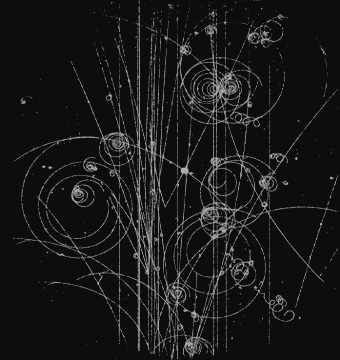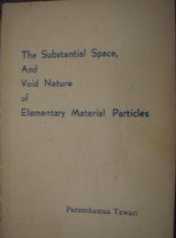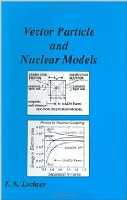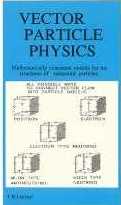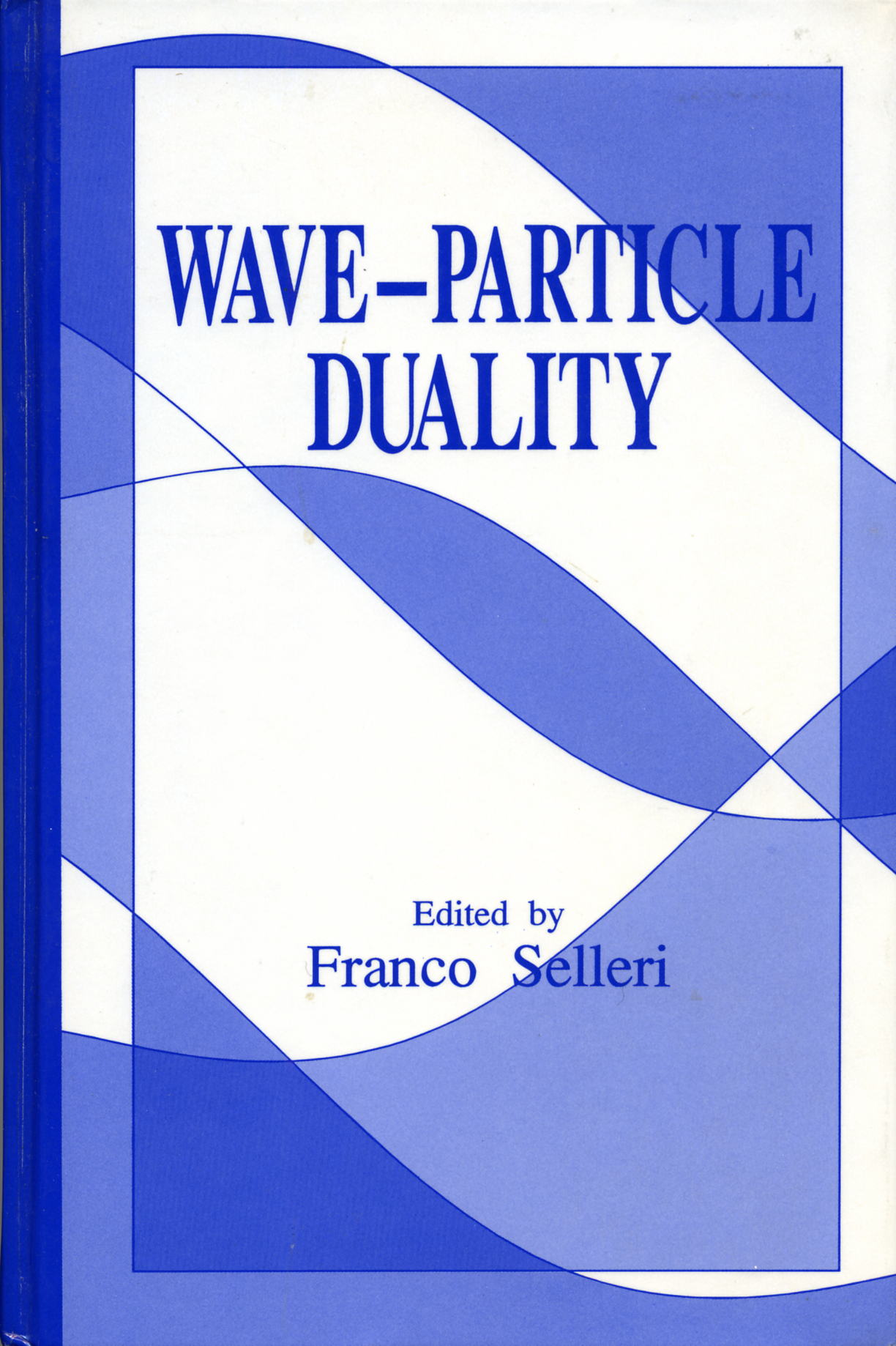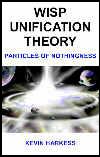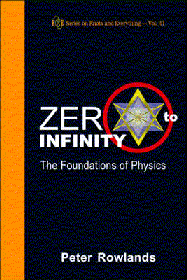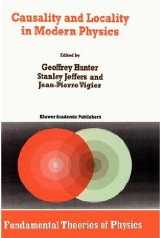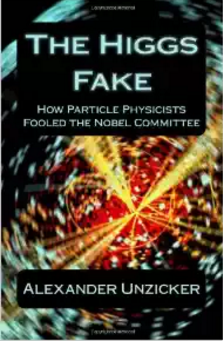(See right-hand panel for a full list of scientists, papers, and books)
What is the expamse of the universe? What is the unit of measure that Nature uses in its cosmic design? Can the invisible universe of space be the real medium of substantiality and evolve fundamental matter and also the various fields and potentials as its own characteristic states?
Postulates:
- There is a finite volume of only one substance (substance does not signify matter) in the universe that constitutes the space and not the interior of fundamental material particles.
- The substantial space is continuous and hence incompressible, massless, superfluid with zero viscosity loss in motion that can flow upto a maximum speed c (propagation of light in space).
- The substantial space of the universe is in circulating motion with respect to the centre of the universe which is the only absolute point of reference, with maximum circulation at the universal centre and minimum at the universal periphery.
Pages: 160
Publisher: TNL Press
Year: 2000
ISBN: 0963154680
ISBN: 978-0963154682
Pages: 102
Publisher: TNL Press
Year: 1992
ISBN: 0963154613
ISBN: 978-0963154613
ISBN: 0963154605
ISBN: 978-0963154606
Pages: 306
Publisher: Plenum Publishing Corporation
Year: 1992
ISBN: 0306441632
ISBN: 978-0306441639
Pages: 638
Publisher: Springer
Year: 1994
ISBN: 0306447320
ISBN: 978-0306447327
ISBN: B000OSYJG4
View count: 1
Pages: 198
Publisher: Modena, Accademia nazionale delle scienze lettere e arti
Year: 2001
Download and read it now
Pages: 200
Publisher: Harkess Research
Year: 2003
ISBN: 0954369416
ISBN: 978-0954369415
ISBN: 0954369408
Wisp theory is unique and it explains the fundamental properties of nature in a clear and simple way. In 1978 I had concluded that matter could not possibly be a hard ?something? in a space that was empty, simply because force needs a medium in which to propagate. Fifteen years later, on 11 December 1993 and quite by chance a simple thought occurred to me:
- Fractals form in ?full? space, creating particles that have empty space at their centres.
I knew immediately that this was the correct answer to the mystery of the composition of matter. Our senses convince us that matter is hard and that space is empty. Even the great Sir Isaac Newton held this view. In his treatise Opticks, published in 1704, he wrote in Query 31 about matter being solid, very hard and unbreakable. But our senses deceive us: the reverse is in fact the truth. Reality is effectively a ?photographic negative? of what we perceive.
Empty space is not void, it is full of wisps (the smallest fundamental particles in nature) and hence full of mass, but its mass lies dormant, and only manifests itself when it is disturbed. Disturbances create particles ? fractal shapes ? which lock quantities of wisps together, giving particles unique masses.
Pages: 740
Publisher: World Scientific Publishing Company
Year: 2007
ISBN: 9812709142
ISBN: 978-9812709141
Read some of its content now
Unique in its field, this book uses a methodology that is entirely new, creating the simplest and most abstract foundations for physics to date. The author proposes a fundamental description of process in a universal computational rewrite system, leading to an irreducible form of relativistic quantum mechanics from a single operator. This is not only simpler, and more fundamental, but also seemingly more powerful than any other quantum mechanics formalism available. The methodology finds immediate applications in particle physics, theoretical physics and theoretical computing. In addition, taking the rewrite structure more generally as a description of process, the book shows how it can be applied to large-scale structures beyond the realm of fundamental physics.
Contents:
- Zero
- Why Does Physics Work?
- The Emergence of Physics
- Groups and Representations
- Breaking the Dirac Code
- The Dirac Nilpotent
- Nonrelativistic Quantum Mechanics and the Classical Transition
- The Classical and Special Relativistic Approximations
- The Resolution of Paradoxes
- Electric, Strong and Weak Interactions
- QED and Its Analogues
- Vacuum
- Fermion and Boson Structures
- A Representation of Strong and Weak Interactions
- Grand Unification and Particle Masses
- The Factor 2 and Duality
- Gravity and Inertia
- Dimensionality, Strings and Quantum Gravity
- Nature's Code
- Nature?s Rule
- Infinity

